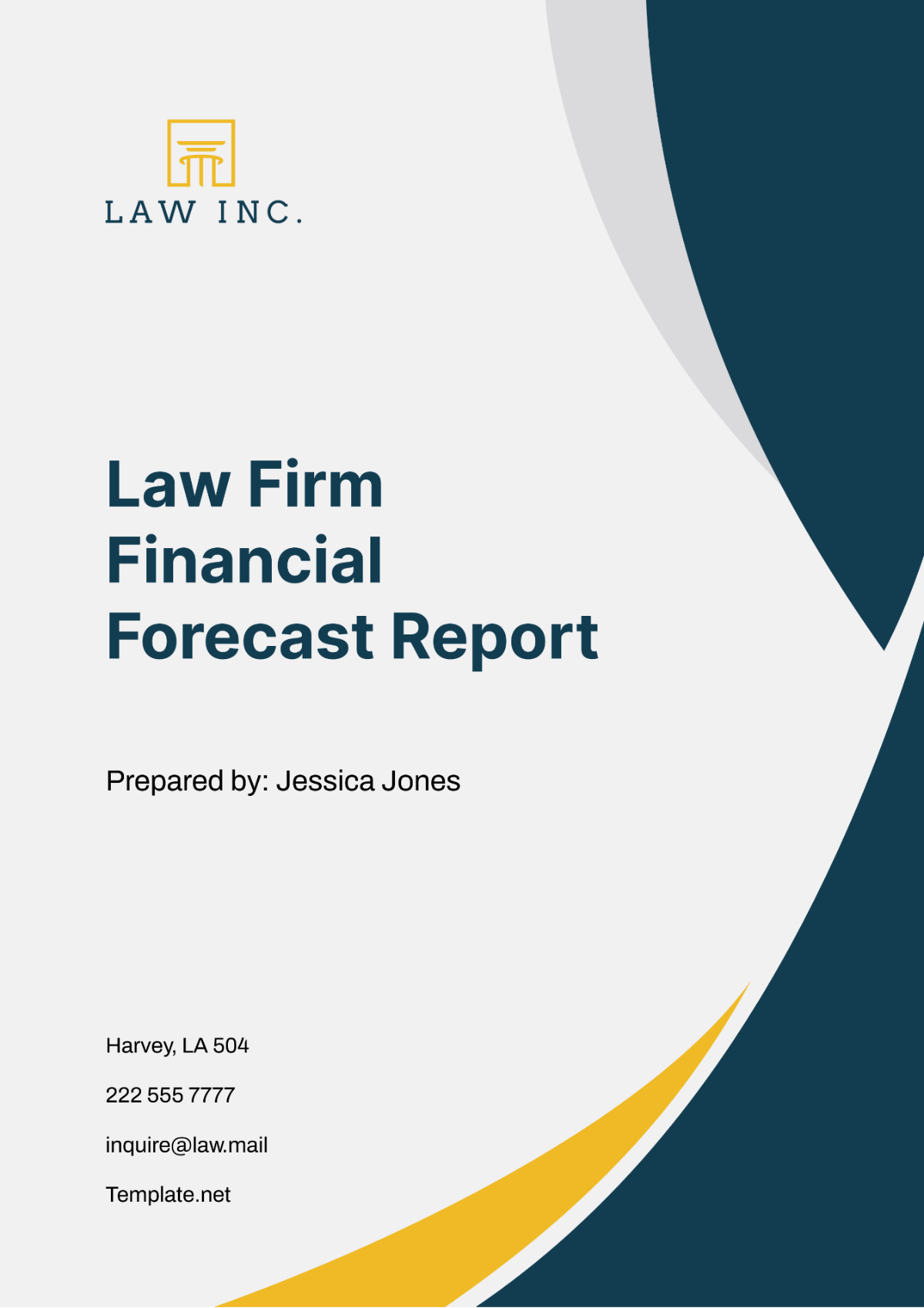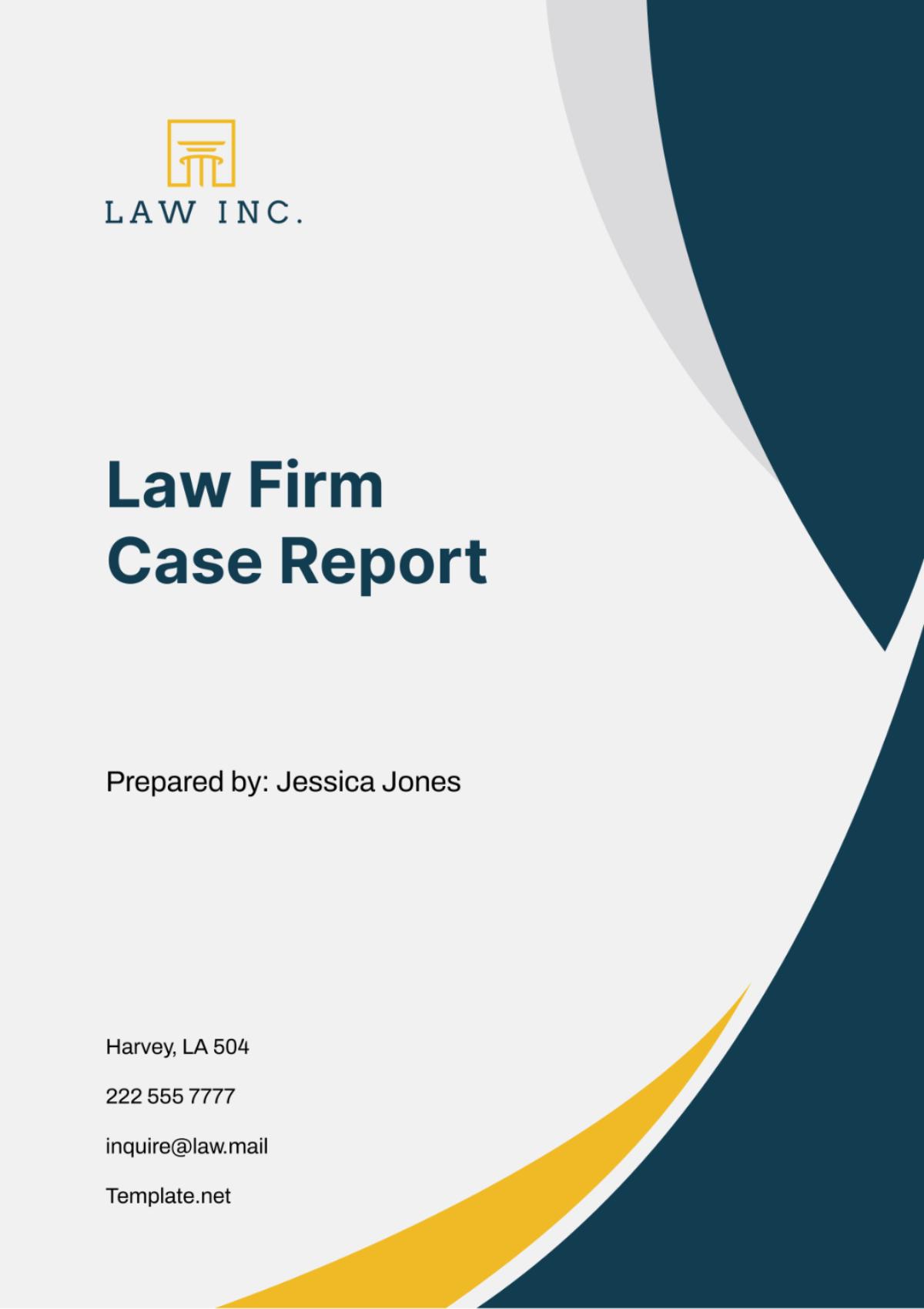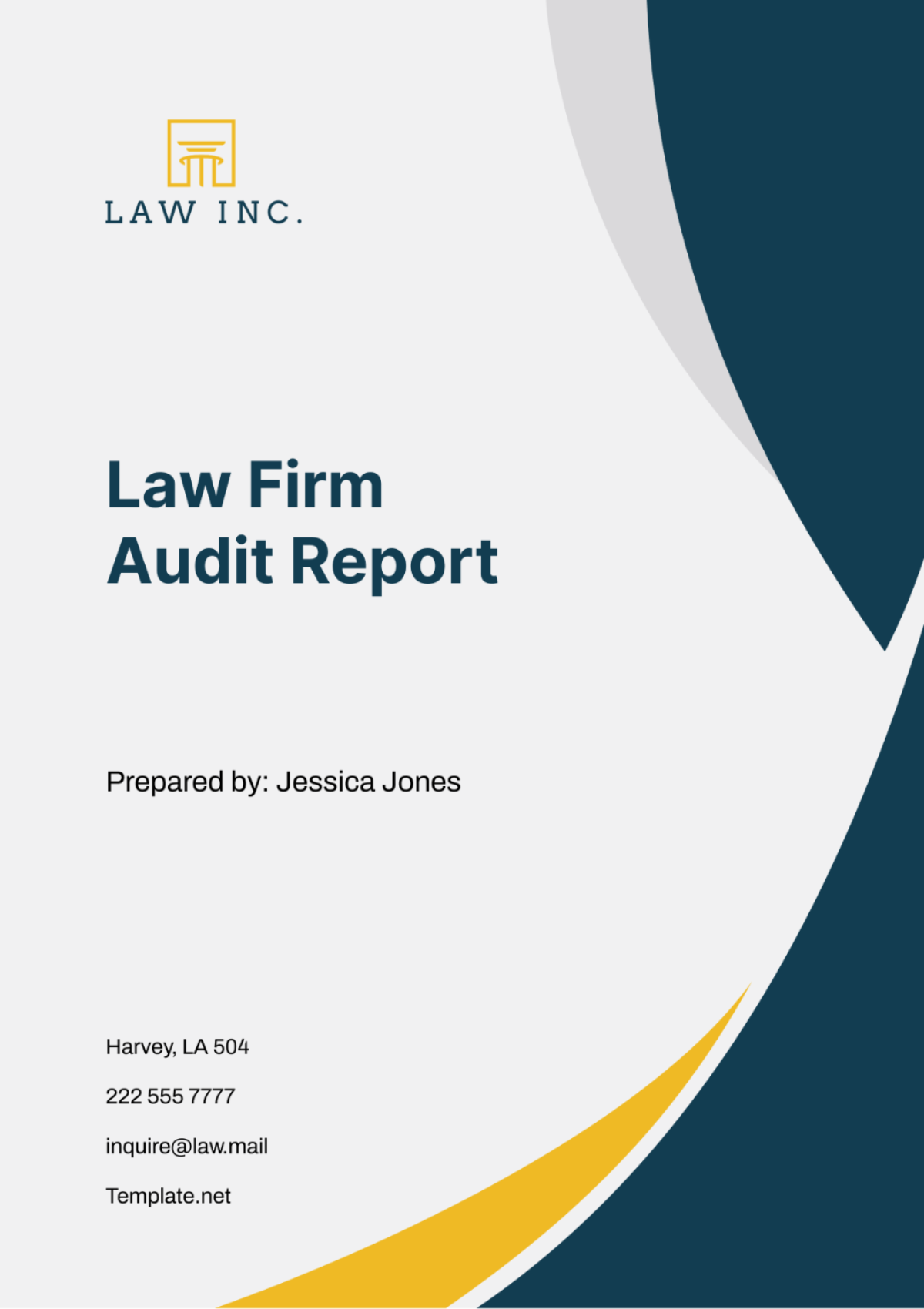Free Law Firm Diversity and Inclusion Report
Advance inclusivity with Template.net's Law Firm Diversity and Inclusion Report Template. Designed to track and enhance diversity initiatives, this template is fully customizable and editable via our Ai Editor Tool. Measure progress, identify challenges, and promote a more inclusive workplace culture. An essential tool for law firms committed to diversity, exclusively available at Template.net.




















